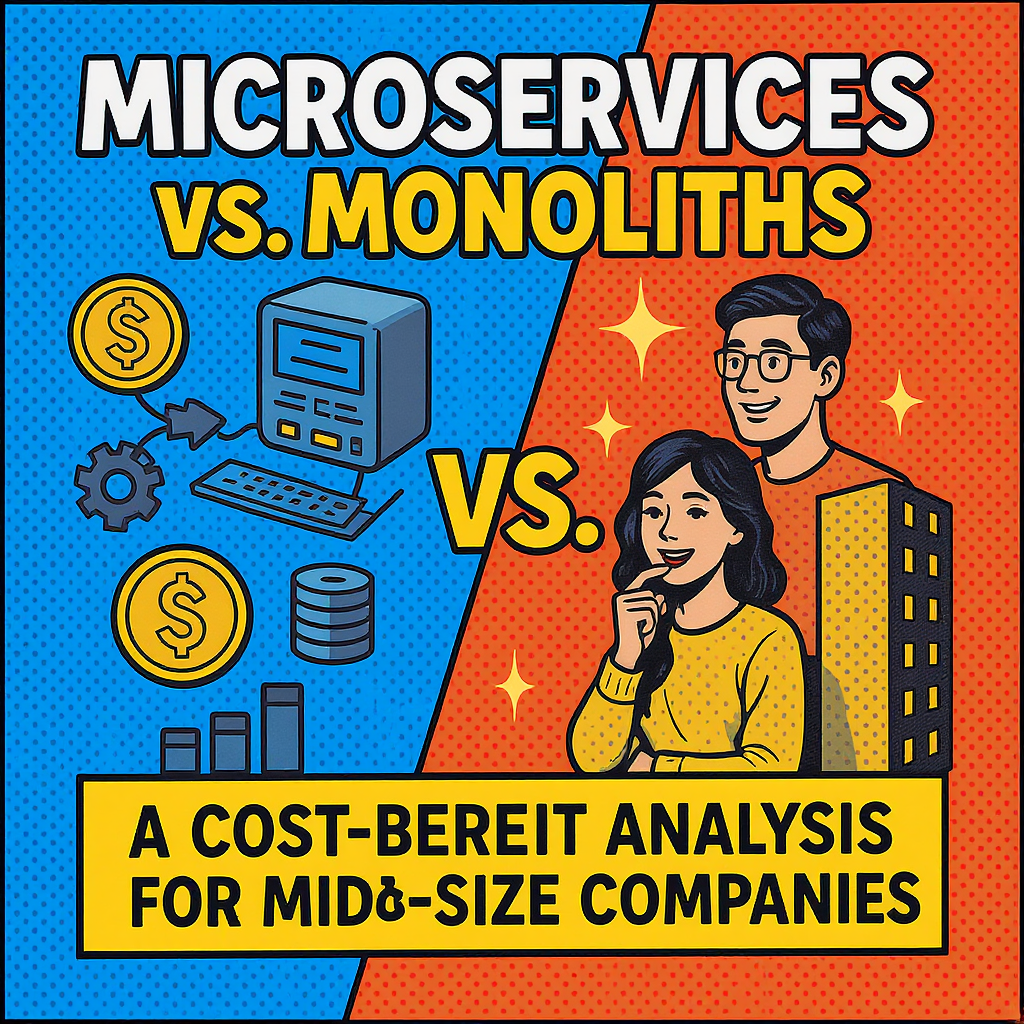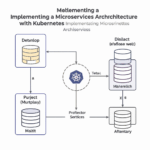Choosing the right architectural approach for your software is a crucial decision for any mid-size company. This article will delve into the cost-benefit analysis of two prevalent architectural styles: microservices and monolithic architectures. We’ll examine the initial investment, ongoing maintenance costs, scalability potential, and team management aspects associated with each. Understanding these factors is critical for making an informed decision that aligns with your company’s specific needs, resources, and long-term goals. We will explore the trade-offs involved in choosing between these two approaches, providing a clearer picture of which might be more suitable for your mid-size enterprise, considering factors like development speed, deployment complexity, and overall cost-effectiveness.
Initial Development Costs
The initial investment required for microservices is typically higher than for a monolithic architecture. Building a microservices architecture demands more upfront planning and design. You need to define clear boundaries between services, establish robust communication protocols (like REST or gRPC), and implement mechanisms for service discovery and monitoring. Monoliths, on the other hand, often involve a simpler, more straightforward development process, especially for smaller applications. This simpler approach can lead to faster initial development times and lower upfront costs. However, this initial cost saving can be outweighed by future maintenance costs as the application grows.
Scalability and Maintainability
Microservices excel in scalability and maintainability. Because each service is independent, you can scale individual components as needed, without affecting the entire application. This allows for more efficient resource allocation and better performance under heavy load. Furthermore, independent deployments reduce the risk of cascading failures. Changes to one service don’t require a complete system redeployment. In contrast, monolithic applications are more difficult to scale and maintain. Updating or changing a single component often necessitates redeploying the entire application, increasing downtime risk and lengthening deployment cycles. As the application grows, a monolithic architecture can become increasingly complex and harder to manage.
Team Management and Deployment
Microservices architectures often lend themselves to smaller, more autonomous development teams. Each team can focus on a specific service, fostering greater agility and faster development cycles. This decentralized approach can also improve team morale and ownership. However, it also requires robust communication and coordination between teams. Managing a microservices architecture requires specialized skills and tools for monitoring, logging, and managing inter-service dependencies. Monolithic applications usually require a more centralized team structure. While this simplifies coordination, it can lead to bottlenecks and slower development times as the application scales. Deployments are usually simpler, but the risk of widespread failures is higher.
Long-Term Cost Considerations
While microservices have higher upfront costs, they can offer significant long-term savings. The enhanced scalability and maintainability can reduce operational costs over time. The ability to scale individual services independently minimizes infrastructure expenses and prevents unnecessary resource consumption. Furthermore, the modularity of microservices makes it easier to adapt to changing business requirements. In contrast, the increasing complexity and difficulty in maintaining a monolithic application can lead to escalating long-term costs. This is particularly true for larger applications requiring frequent updates and modifications. The table below summarizes these cost considerations:
| Factor | Microservices | Monolith |
|---|---|---|
| Initial Development Cost | High | Low |
| Scalability | High | Low |
| Maintainability | High | Low |
| Long-term Operational Cost | Low | High |
| Team Management Complexity | High | Low |
Conclusion
The choice between microservices and monolithic architectures for a mid-size company depends heavily on specific circumstances. While microservices offer superior scalability and maintainability in the long run, they come with higher initial development costs and increased team management complexity. Monoliths present a simpler, less expensive initial approach, but can become increasingly cumbersome and costly as the application grows. Mid-size companies should carefully weigh these factors – considering their current resources, technical expertise, projected growth, and the complexity of their application – before making a decision. A thorough assessment of both short-term and long-term costs is essential to selecting the architecture that best supports sustainable growth and minimizes operational overhead. For applications projected to experience significant growth and require frequent updates, the long-term advantages of microservices often outweigh the initial investment.
References
Nginx Blog: Microservices vs. Monoliths
Microservices by Martin Fowler
Red Hat: What are Microservices?
Image By: Black Forest Labs






